
TheClimateChanger
-
Posts
1,817 -
Joined
-
Last visited
Content Type
Profiles
Blogs
Forums
American Weather
Media Demo
Store
Gallery
Posts posted by TheClimateChanger
-
-
The bottom line is this: Even if daytime maxima have decreased slightly in the Corn Belt, humidity has increased substantially moreso. So cooler temperatures should not be read as milder. There has clearly been an increase in the incidence of dangerously high heat indices.
-
 1
1
-
 1
1
-
-
On 4/6/2024 at 5:48 PM, GaWx said:
Charlie,
1) This chart was posted by Chris in his thread on the Midwest warming hole: note the reduced warming or even slight cooling in much of the MW during summer vs most other areas. This is despite large increases in crop sizes.
2) From Midwest pro meteorologist Mike Maguire:“On the albedo of global greening absorbing more sunshine and warming the planet. I can debunk that myth quickly.
We know that the MOST warming is taking place in the coldest places and at the coldest times (higher latitudes during the Winter and at night).
Those are also the times when albedo from the sun has the LEAST impact.”
“The nights (with no sun) have been warming the most, days the least. Also, the driest locations with the lowest humidity are warming the most.
This is because of the radiation physics of CO2 and H2O and not albedo. In areas with the highest water vapor content, water vapor crowds out much of the CO2 absorption from the same bands of absorption. Some of the radiation absorption bands are already saturated from H2O in areas with very high dew points.
In drier areas........which includes ALL cold places, CO2 is able to absorb more long wave radiation because of the absence of H2O absorbing at the same bands.
There's no disputing this proven law of radiation physics!”
Like the deniers always say, cherrypicked. Everybody knows the 1950s had a lot of hot summers.
These statements also never account for humidity. The driest July on record in Des Moines was in 1936 (see below), which is also the hottest on record. Remarkably, the average dewpoint was even lower than the very chilly July of 2009, which had the lowest mean dewpoint of any recent years!
In fact, if you look at the highest hourly heat indices on record, you will see they were mostly set just last summer. There was nothing remotely similar to the deadly combination of heat and humidity that occurred last summer during the Dust Bowl. I don't think people realize that, without widespread air conditioning, thousands of people would die each and every summer these days.
In sum, there is no evidence for milder summers in the midwest; rather, dangerous heat and humidity has been on the increase in recent decades.
Note - the 122F from 1936 appears to be erroneous. No other hourly heat index that day was anywhere near that measurement. Appears to be a spuriously high dewpoint reading. Regardless, 8 of the 24 highest hourly heat indices on record in Des Moines were established just last summer. Almost all of the record readings are from this century.
-
 1
1
-
-
Accuweather suggesting we could approach a record high this afternoon. Yinz stay cool aht thar.
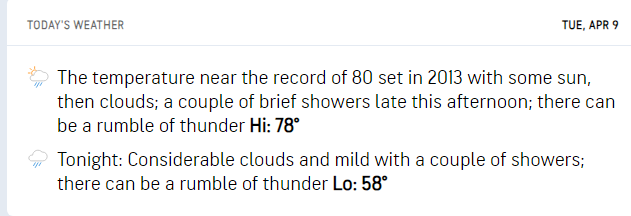
-
1 hour ago, TimB said:
Hmm. Is PIT cooking the books?
I think my station runs a little high on the rooftop on sunny days, and also radiates much better than PIT, so it was probably somewhat exaggerated. Looking at 5-minute ASOS observations, looks like falls of 4-6F were common along and near totality. It did drop back to 70F at PIT later in the eclipse, from 71/72F before recovering to 74F.
-
Anyways, certainly looks like April will be another above normal month. Currently, sitting at +2.6F. Looking at the extended outlook, I think we're likely to wind up closer to +5F than to normal.
-
13 hours ago, TimB said:
Went up to northwest PA and watched the total eclipse. Interesting that the partial eclipse didn’t drop the temp at all at PIT, I thought that was expected even at 97% totality. Looks like Erie went 69 to 55 with the eclipse.
My weather station showed a drop of nearly 8F, with solar radiation plunging to less than 5 W/m^2.
-
38 minutes ago, Chinook said:
The temperature dropped from 78 to 72 in northern Arkansas due to the lack of light, also, 82 to 77 at Little Rock
My weather station dropped by nearly 8F and wasn’t even in totality.
-
1 hour ago, nwohweather said:
Really good place to eat!Surprisingly pricy though.
-
 1
1
-
-
Did y’ins catch a glimpse of the sun today?
-
-
4 minutes ago, TheClimateChanger said:
That 47.6F in 1836 is very interesting. I've read in numerous sources of a "great refrigeration" that occurred from about 1835-1838 on par with that of 1816. There was reportedly 2" of snow in Guangzhou [Canton], China in February 1835, suggesting it very well could have been a global [or at least hemisphere-wide] phenomenon.
Berkeley Earth blames it on Cosiguina, which erupted in January 1835, and says there was a global land average temperature drop of 0.75C. However, it doesn't seem strong enough to me for that degree of response.
Interestingly, Volcano Osorno apparently erupted in Chile one day prior to the big Cosiguina eruption in Nicaragua. Charles Darwin also believed there was an eruption of Aconcagua, but that's an extinct paleovolcano. Perhaps there was a third eruption in Argentina? Or he just lost his bearings and actually witnessed the eruptions of Osorno and Cosiguina?

-
 1
1
-
-
6 minutes ago, TheClimateChanger said:
Good post, Don. Even more striking when you look at the values observed by the U.S. Army Signal Corps at Fort Columbus [later known as Fort Jay] on Governor's Island, south of Manhattan, from 1821-1854. In that stretch of 34 Decembers, only 2 had a mean temperature in excess of the current normal (41.3, 1829; and 40.4F, 1852). One other year (1848) had a mean right on par with the current normal of 39.3F. While the proximity to water could lead to some cooling in the spring and summer, relative to Central Park, I would assume the proximity to water would lead this site to be warmer in the cold season.
That 47.6F in 1836 is very interesting. I've read in numerous sources of a "great refrigeration" that occurred from about 1835-1838 on par with that of 1816. There was reportedly 2" of snow in Guangzhou [Canton], China in February 1835, suggesting it very well could have been a global [or at least hemisphere-wide] phenomenon.
Berkeley Earth blames it on Cosiguina, which erupted in January 1835, and says there was a global land average temperature drop of 0.75C. However, it doesn't seem strong enough to me for that degree of response.
-
3 minutes ago, TheClimateChanger said:
Good post, Don. Even more striking when you look at the values observed by the U.S. Army Signal Corps at Fort Columbus [later known as Fort Jay] on Governor's Island, south of Manhattan, from 1821-1854. In that stretch of 34 Decembers, only 2 had a mean temperature in excess of the current normal (41.3, 1829; and 40.4F, 1852). One other year (1848) had a mean right on par with the current normal of 39.3F. While the proximity to water could lead to some cooling in the spring and summer, relative to Central Park, I would assume the proximity to water would lead this site to be warmer in the cold season.
On average, I think we can surmise that the mid 19th century climate of New York would have been comparable to that of present-day Albany, about 135 miles to the north (according to Wikipedia). It's still slightly warmer than recent years at KALB, but the airport is at nearly 300' elevation, while the bulk of the city of Albany is only around 100' elevation.
-
On 3/26/2024 at 3:27 PM, donsutherland1 said:
In his A Winter Season, James Fisher wrote December in Edinburgh in the early 19th century:
In midst of dark December's howling blast, out from his quarters in the frigid zone comes surly Winter, in his car of iron, drawn on by furious, foaming, snow-white steeds, escorted by his angry northern band; which raves, and roars, and rages all around despoiling Nature of her every charm; and now sits down to storm her empire all… Falling rapidly, drifting on heaps, are the flakes of now, while the boisterous wind, roaring furiously, disbranches the trees, and threatens to overturn every habitation of man. To heighten the terrific scene... what a flash of lightning, followed by a tremendously loud clap of thunder!
A lot of that could have applied to December in New York City during its first 30 years of record (1869-1898). December is now increasingly taking on the character of late November. The changes have been so dramatic that January today (1995-2024) is almost identical to what December was like during New York City’s first 30 years of recordkeeping.
Good post, Don. Even more striking when you look at the values observed by the U.S. Army Signal Corps at Fort Columbus [later known as Fort Jay] on Governor's Island, south of Manhattan, from 1821-1854. In that stretch of 34 Decembers, only 2 had a mean temperature in excess of the current normal (41.3, 1829; and 40.4F, 1852). One other year (1848) had a mean right on par with the current normal of 39.3F. While the proximity to water could lead to some cooling in the spring and summer, relative to Central Park, I would assume the proximity to water would lead this site to be warmer in the cold season.
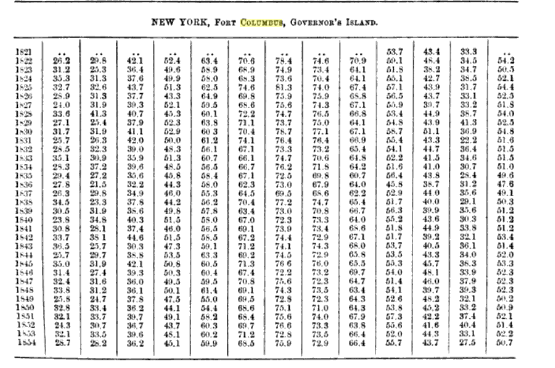
-
 1
1
-
-
Looks like the highest crest since January 2005.
-
-
-
What a clown. There's like half an inch in Marquette. Maybe a couple feet well inland, but not in the city.
-
2 hours ago, Cobalt said:
Yeesh, so many recent years in those charts.
Also [through yesterday], this has been the 4th wettest start to the year at Williamsport and 5th at Harrisburg. 2024 is certainly holding its own in the annals of weather history.
-
34 minutes ago, TimB said:
Year to date precip is currently in 2nd place behind 2018, which of course was the record year (but a large amount of that precip from 1/1 through early April fell as snow).
Very impressive. 4th warmest and 2nd wettest YTD in the threaded record, and winter season snowfall currently sitting at 6th least on record.
-
-
-
16 minutes ago, Itstrainingtime said:
You probably shouldn't think so much. Just enjoy the BN temps today.

Below normal? I wish. Not so here.
-
As we round out the first quarter of 2024, I thought it might be a good time for a review of temperatures. Through the first quarter of 2024, it's been quite toasty in central Pennsylvania.
Williamsport: Third warmest start to the year [of 130 years], behind 2012 & 2023.
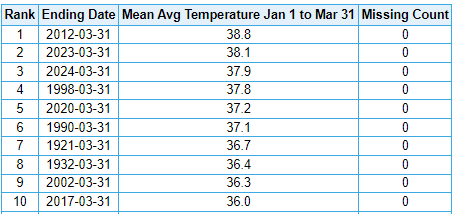
Harrisburg / Middletown: Sixth warmest start to the year [of 136 years], behind 2020, 2023, 1998, 2012 & 1990.
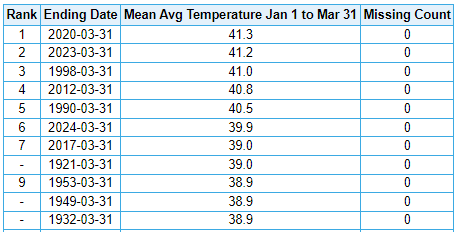
-
 1
1
-


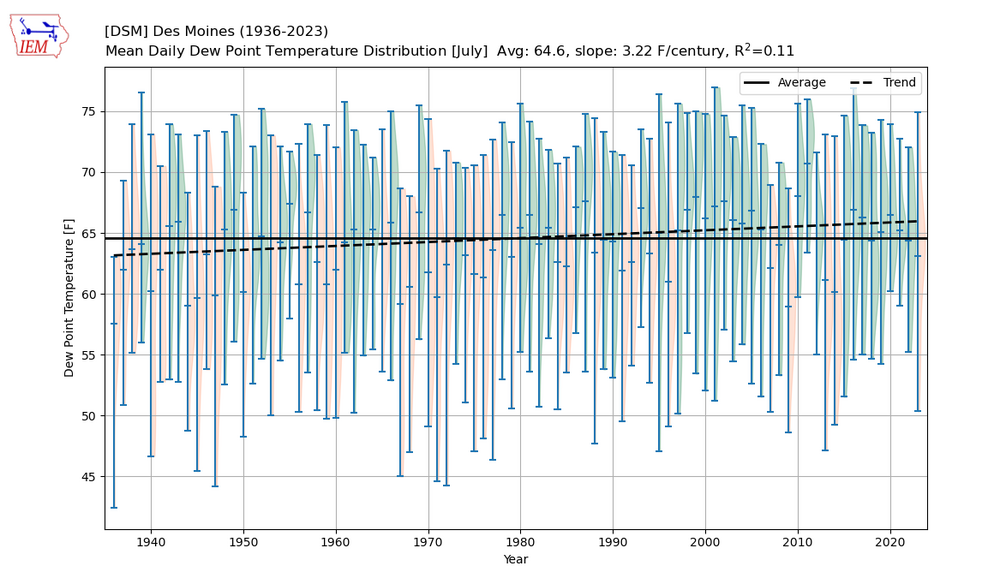
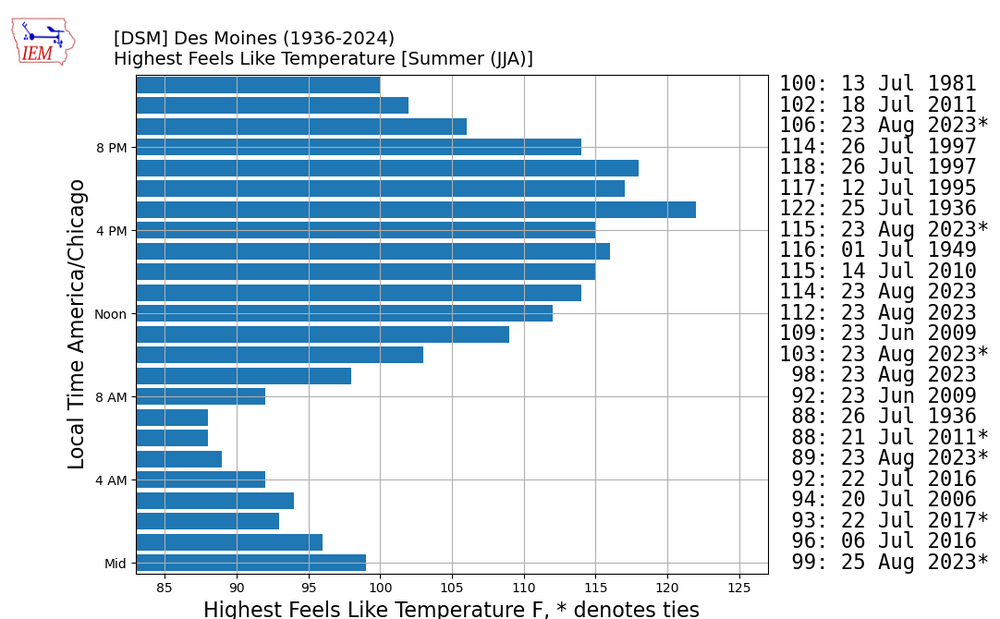
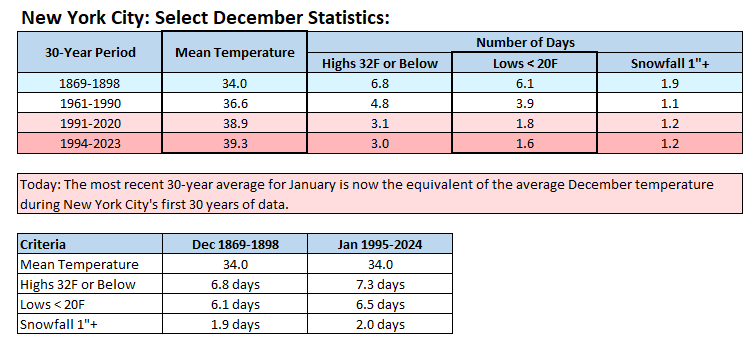
Central Pa. Spring 2024
in Upstate New York/Pennsylvania
Posted
How close to the record? Bradford tied a record of 71F today. DuBois was one degree shy of the record of 76F.